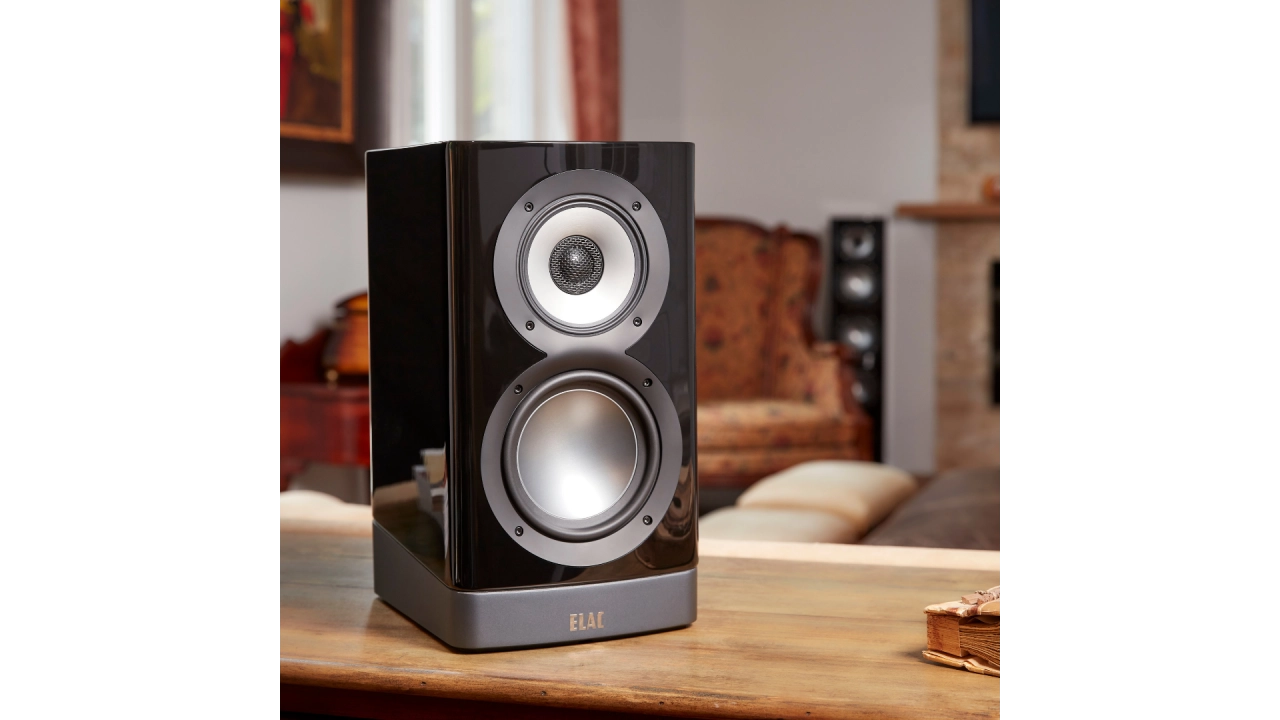Passive vs. Active Speakers – The Benefits of Separate vs Integrated Amplifiers
The battle between passive and active speakers is an age old one that has been raging for decades. It’s a never-ending debate with no clear answer, but the question of which speaker type to buy still persists in many minds. Whether you’re looking at your first set of speakers or are considering upgrading from your current set, it can be difficult to make this decision when there are so many factors to consider. This blog post aims to help you decide whether passive or active speakers will best serve your needs by exploring the pros and cons of each type as well as what makes them different from one another.In a nutshell, passive speakers have the benefits of easier placement, the option to choose or upgrade an amplifier in the future, and more speakers for you to choose from.
Active speakers have the benefit of a perfectly matched amplifier and speaker combination, convenience when moving them around, and can sound better than their passive counterparts.
Passive speakers require separate amplifiers or mixers to power them, and they also need speaker cables to transfer the sound from the amplifier to speakers. The large majority of speakers are passive, meaning that a standalone amplifier is necessary to power them. If you choose passive speakers, make sure you budget for an amplifier as well.
Passive speakers are most popular for a few reasons. First of all, it’s easier to place them where you want in your room since they only require a speaker wire connection and no additional power cables. This results in about 1⁄2 the amount of wire connections (unless your active speaker has wireless capabilities built in). Additionally, because passive speakers are more popular, there are also more options in multiple price ranges for you to choose from.
Finally, passive speakers allow you to choose an amplifier of your choice, as well as the option to upgrade to different amplifiers in the future.
This same benefit, however, can also come across as a disadvantage to some. If you are not looking to purchase a separate amplifier for your speakers, active speakers are the way to go.

Active speakers combine all of the traditional components of a sound system into a pair of speakers. The amplifiers are built inside the speaker, and they’re optimized to provide the best possible sound quality for that specific speaker. This takes the “guesswork” out of the equation when deciding which amplifiers to pair with which speakers, as the engineers have done this work for you. Since the amplifiers are built into active speakers, you won’t need to worry about lugging around an extra amplifier when traveling with these speakers.
An example of a good high-end active speaker can be seen with our Navis Series. Each Navis bookshelf speaker has three separate amplifiers – one for each driver – for a total amplifier power of 300 watts.
Most active speakers have a sufficient number of inputs for all of your playback devices. Assuming you pick one with all the inputs you need, you will only require a power source (such as an outlet). If you pick one that has wireless capabilities straight out of the box, you will only need a minimal number (if any) of cable connections. However, keep in mind that not all active speakers come with wireless capabilities out of the box.
Consider active speakers if you want an easy wireless setup, and don’t want to buy an additional amplifier. Active Speakers also make sense, if you listen to a lot of digital music, particularly in high-resolution formats and have limited space. If you have already invested heavily in the rest of your home audio system, or if your budget is more constrained or thinking of upgrading your amplifier, consider passive speakers.

